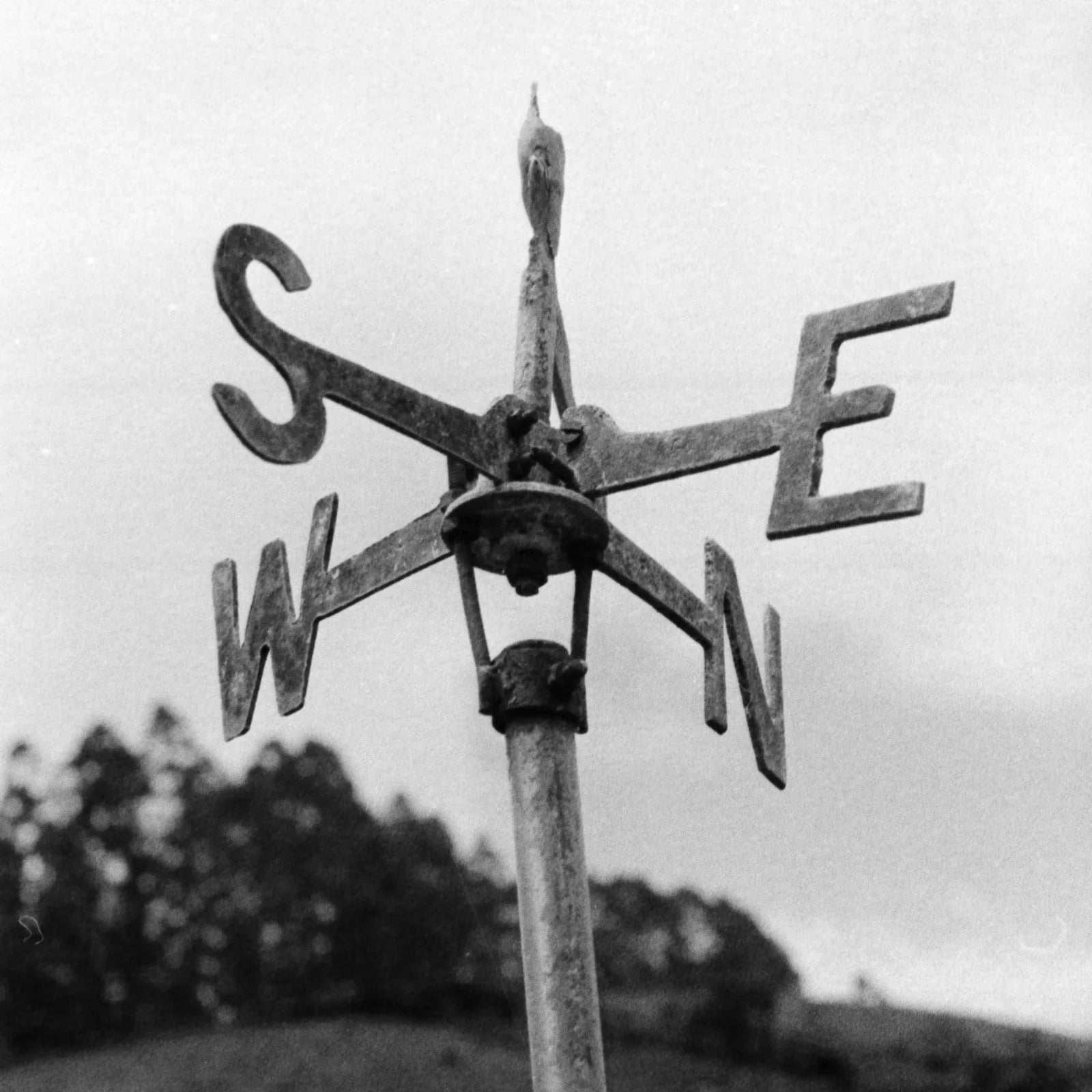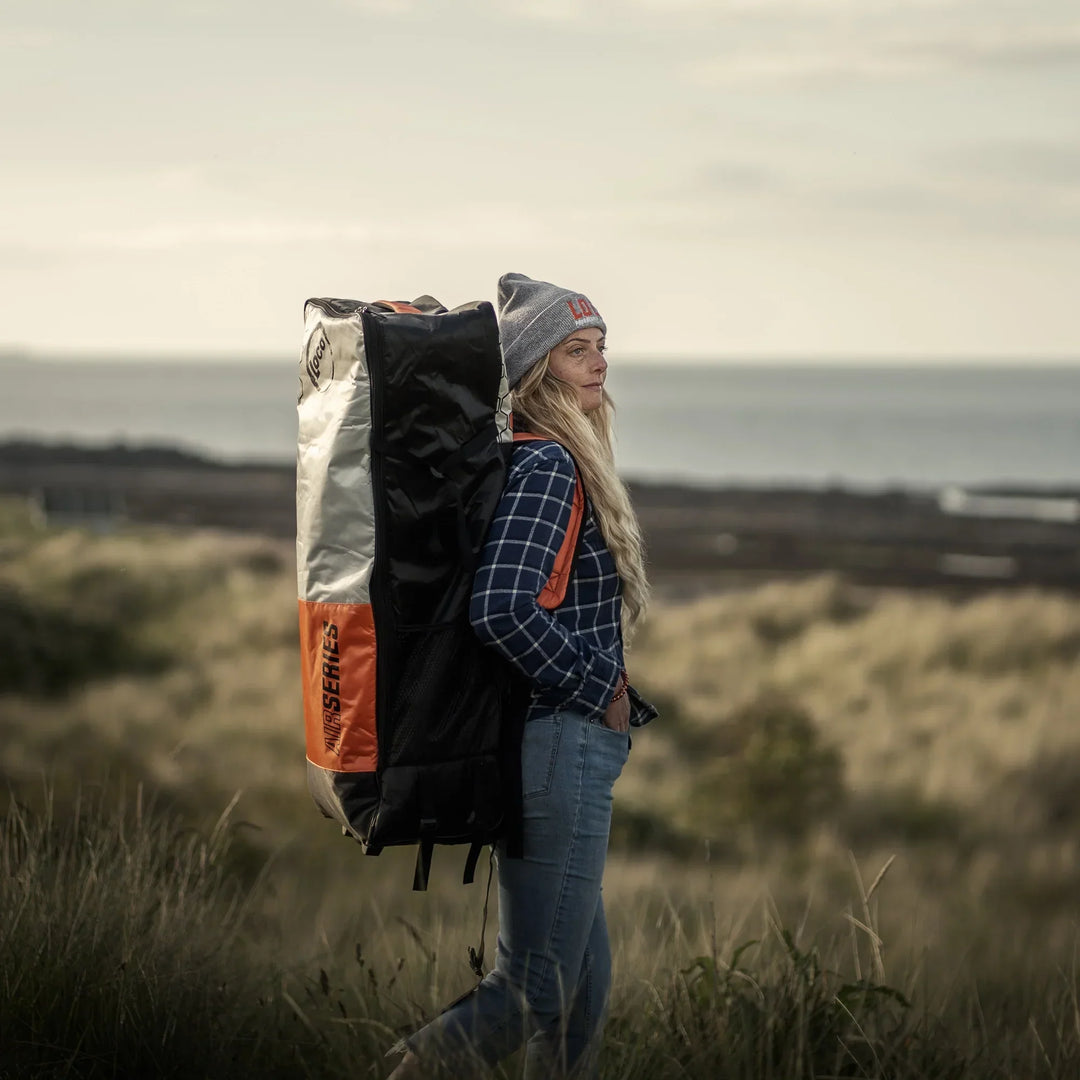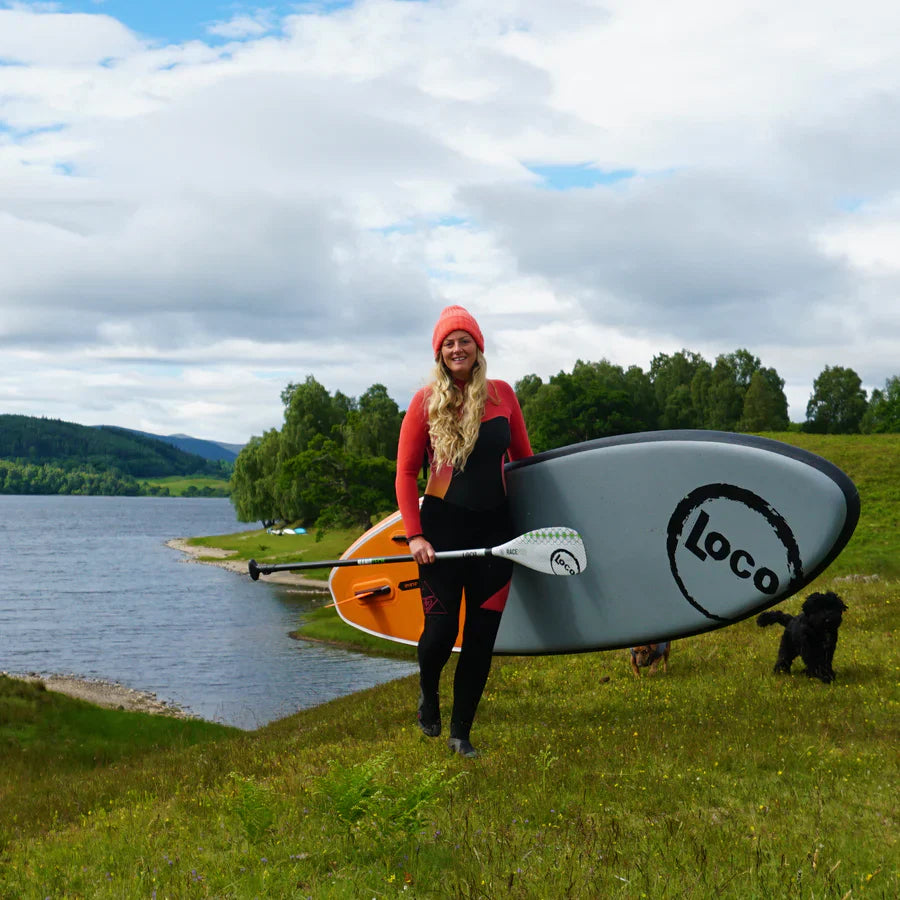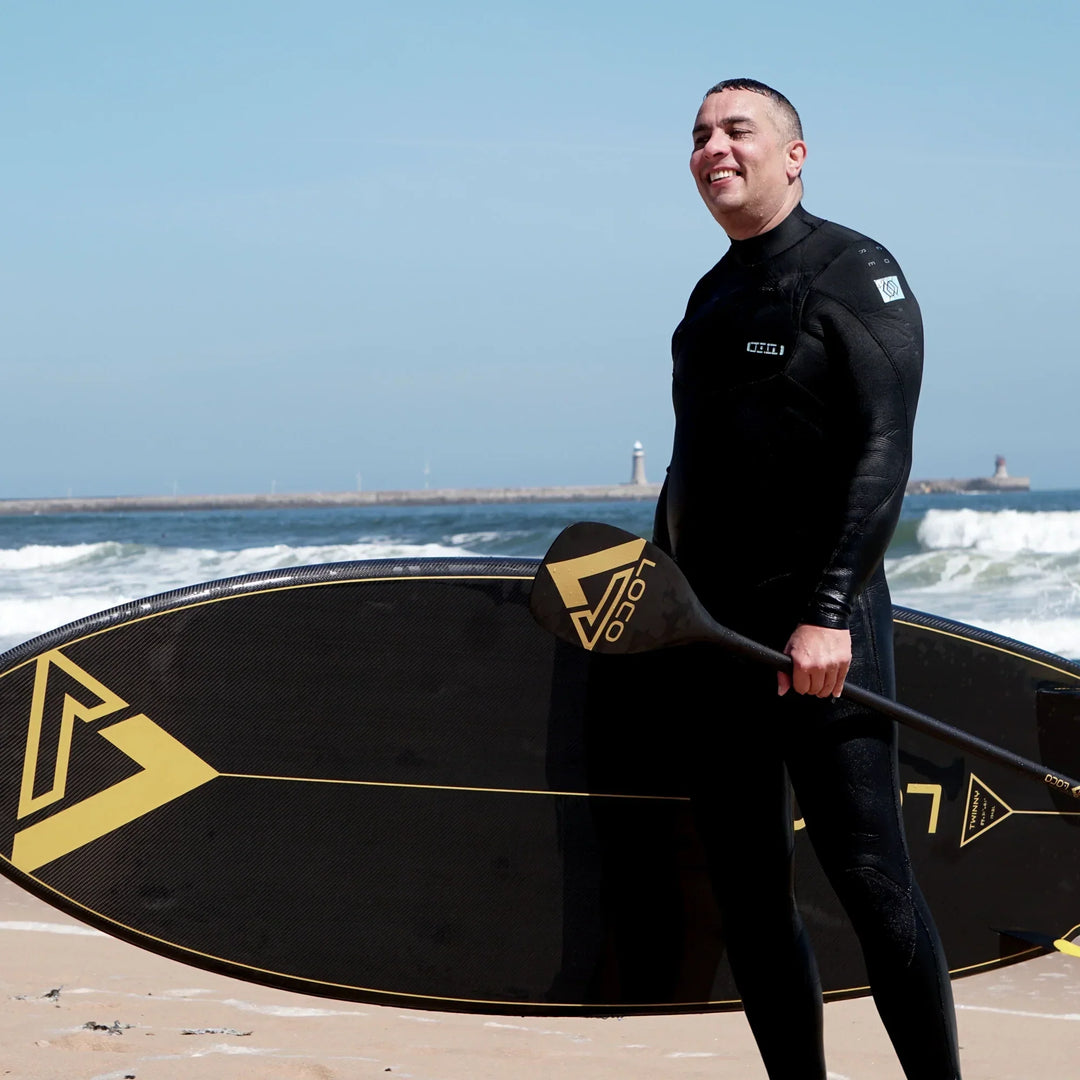Stand Up Paddleboarding (SUP) Safety: Your Comprehensive Guide to Weather Conditions

Stand Up Paddleboarding (SUP) has rapidly gained traction as a popular water sport, offering both tranquillity and adrenaline in equal measure. But before you push off the shore, it's vital to understand the weather conditions that can impact your SUP experience. This in-depth guide will provide you with everything you need to know about SUP safety and how to prepare for various weather conditions.
Stand Up Paddleboarding Table of Contents
1. Understanding Wind Conditions
2. Temperature & Seasonal Factors
3. Water Conditions
4. Visibility & Light
5. Safety Checklist
Understanding Wind Conditions
Wind Speed and Direction
Wind can be both your ally and adversary when you're out on the water. Generally, you'll want to avoid paddling in winds faster than 10-15 mph unless you're an experienced paddler. It's also crucial to understand the wind direction to help you plan your paddling route. An offshore wind (blowing away from the land) can make it difficult to paddle back to shore especially when combined with an outgoing tide.
Wind Gaps & Microclimates
Localized weather conditions, or microclimates, can present unexpected challenges. Wind gaps, areas where wind speeds can significantly increase, are a good example. These are typically found near valleys or mountain ranges.
Wind Forecasting Tools
It's important to consult reliable sources for wind forecasts. Apps like Windy and websites like XC Weather Wind Guru and Surfline provide accurate wind condition forecasts. It's often a good idea to take the mean (average) across a few sites as confluence for your decision making.
Temperature & Seasonal Factors
Ideal SUP Temperature
Ideal SUP temperatures range between 60-75°F. Paddling in temperatures below this range increases the risk of hypothermia, especially if you fall into the water.
Seasonal Winds
Different seasons bring varying wind patterns. In many regions, spring winds tend to be more variable and gusty, whereas fall winds are generally more stable.
Wetsuits & Seasonal Gear
Always dress appropriately for the water temperature. Wetsuits or drysuits are essential for colder weather, while rash guards and sun protection are crucial in warmer conditions.
Water Conditions
Currents & Tides
Understanding water conditions is crucial for your safety. Always check the tide schedule before heading out. Tides can dramatically change the water depth in certain areas and can impact your ability to paddle.
Wave Height
Generally, waves up to 1-2 feet are ideal for most paddlers. Bigger waves can be treacherous and should be left to the more experienced.
River Levels
Stand Up Paddleboarding If you're paddling on a river it's vital to check the river levels as beginners can soon get caught out by fast moving water. Generally as a newbie if the river is moving faster than you can walk, don't paddle. Also make sure you're using the correct leash (coiled) and for more experienced paddlers paddling on rivers with substantial flow, tidal estuaries or white-water a quick release belt should be worn.
Visibility & Light
Time of Day
Early morning or late afternoon paddling offers calmer waters and less boat traffic but ensures you have adequate lighting and perhaps a headlamp for safety.
Fog & Mist
Limited visibility conditions like fog and mist require extra caution. Make sure you're equipped with navigation lights and always stay closer to shore when visibility is poor.
Safety Checklist
Before you head out, ensure you have:
1. Checked wind and water conditions
2. Appropriate gear for the temperature
3. Visibility equipment like navigation lights for poor visibility conditions
4. First-aid kit
5. PFD (Personal Flotation Device)
By paying careful attention to these weather and water condition factors, you'll not only ensure your safety but also have a more enjoyable SUP experience. So before you hit the water, make sure you're well-prepared for whatever Mother Nature has in store.




